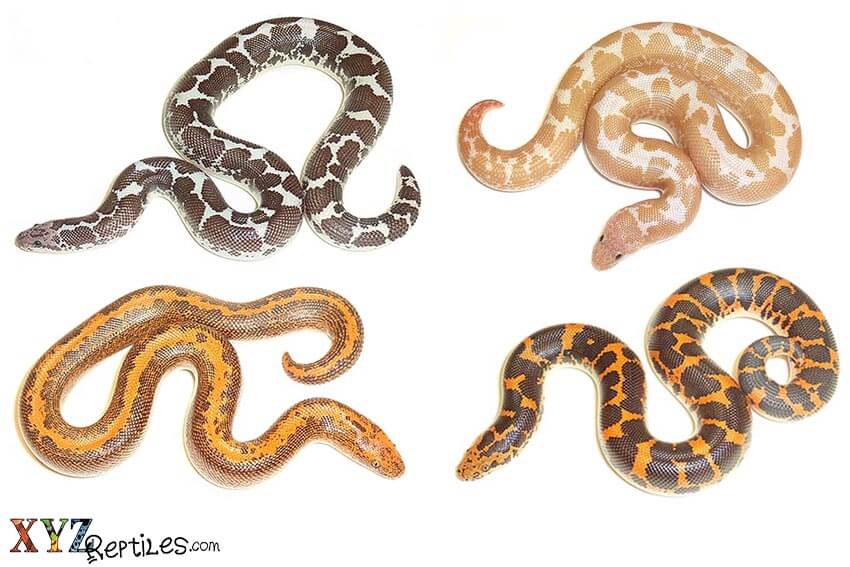
One of the smallest and yet most fascinating segments of reptiles and particularly snakes is the sand boa. This earthy colored and miniscule member of the Gongylophis genus is often overlooked by reptile keepers as they tend to get distracted by more flashy species like the larger pythons and boas and more brightly colored colubrids. Sand boas have been a cult favorite within the reptile industry and only a handful of breeders are known to work with them on a consistent basis making sand boa care a science that has been developed by a small number of people. Their small size and relatively simple set up requirements along with the many new pattern and color morphs that have become available should make sand boas a growing part of the reptile scene in the years to come.
Your Setup Is The First Step In Sand Boa Care
Sand boas get their common name from their ability to survive, live and thrive underneath a complete covering of sand. Their eyes are placed on top of their heads like an anaconda and even their nostrils are located in such a way that they can be completely submerged in sand and only have the tiniest part of their head showing as they wait to hunt their prey. It is this interaction with their environment that fascinates new reptile keepers and when it comes to sand boa care a few key steps can make all the difference. These small snakes can be set up in a small tank with a deep layer of sand and a small heat pad or small heat lamp for warmth. A shallow container of water can be accessed by any sized snake and since they are already hiding in the sand a hide spot will not be needed.
Breeding Sand Boas
Sand boas are live bearing and will have a nice sized littler of babies born depending on the adult females size, age and reproductive conditioning. They have been known to produce litters from a dozen to almost two dozen young in the eight to ten inch length. Like other boas they breed in late autumn through the winter and they give birth in late spring through the summer. Baby sand boas will readily feed on pinky mice and are able to live and hunt in the sand and even surprise keepers by climbing out of glass tanks using their ability to wedge in the corners or even climb up a light cord.
Finding Sand Boas For Sale Online
Almost all of the sand boas for sale online are captive bred and born animals and most are correctly identified and sexed by the sellers. Finding sand boas for sale online is mostly a challenge when you are looking for a very specific morph of size. At xyzReptles we have a dedicated sand boa page with a growing number of morphs available for sale on a yearly basis. We are currently offering five different morphs of the Kenyan sand boa for sale including Anerythristic, Albino, Snow and striped. If you need to discuss set ups or any other reptile related questions feel free to contact us.
